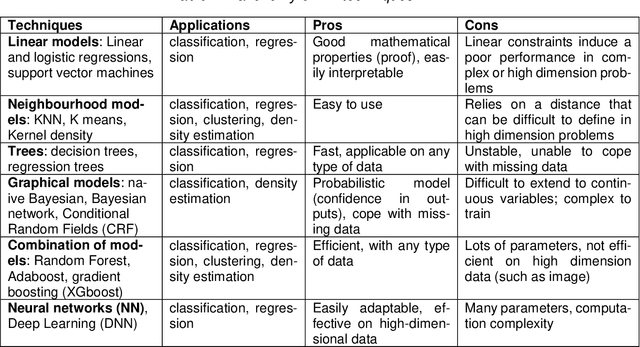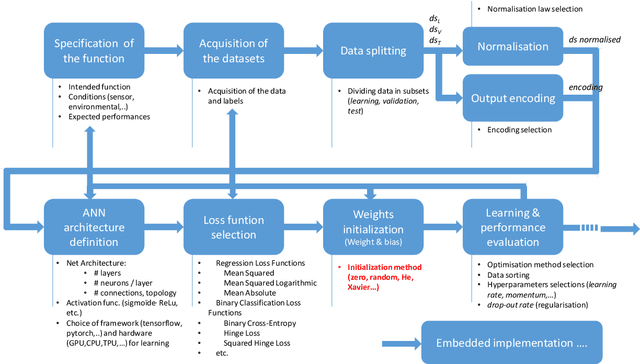Baptiste Lefevre
White Paper Machine Learning in Certified Systems
Mar 18, 2021



Abstract:Machine Learning (ML) seems to be one of the most promising solution to automate partially or completely some of the complex tasks currently realized by humans, such as driving vehicles, recognizing voice, etc. It is also an opportunity to implement and embed new capabilities out of the reach of classical implementation techniques. However, ML techniques introduce new potential risks. Therefore, they have only been applied in systems where their benefits are considered worth the increase of risk. In practice, ML techniques raise multiple challenges that could prevent their use in systems submitted to certification constraints. But what are the actual challenges? Can they be overcome by selecting appropriate ML techniques, or by adopting new engineering or certification practices? These are some of the questions addressed by the ML Certification 3 Workgroup (WG) set-up by the Institut de Recherche Technologique Saint Exup\'ery de Toulouse (IRT), as part of the DEEL Project.
Dataset Definition Standard (DDS)
Jan 07, 2021


Abstract:This document gives a set of recommendations to build and manipulate the datasets used to develop and/or validate machine learning models such as deep neural networks. This document is one of the 3 documents defined in [1] to ensure the quality of datasets. This is a work in progress as good practices evolve along with our understanding of machine learning. The document is divided into three main parts. Section 2 addresses the data collection activity. Section 3 gives recommendations about the annotation process. Finally, Section 4 gives recommendations concerning the breakdown between train, validation, and test datasets. In each part, we first define the desired properties at stake, then we explain the objectives targeted to meet the properties, finally we state the recommendations to reach these objectives.
 Add to Chrome
Add to Chrome Add to Firefox
Add to Firefox Add to Edge
Add to Edge